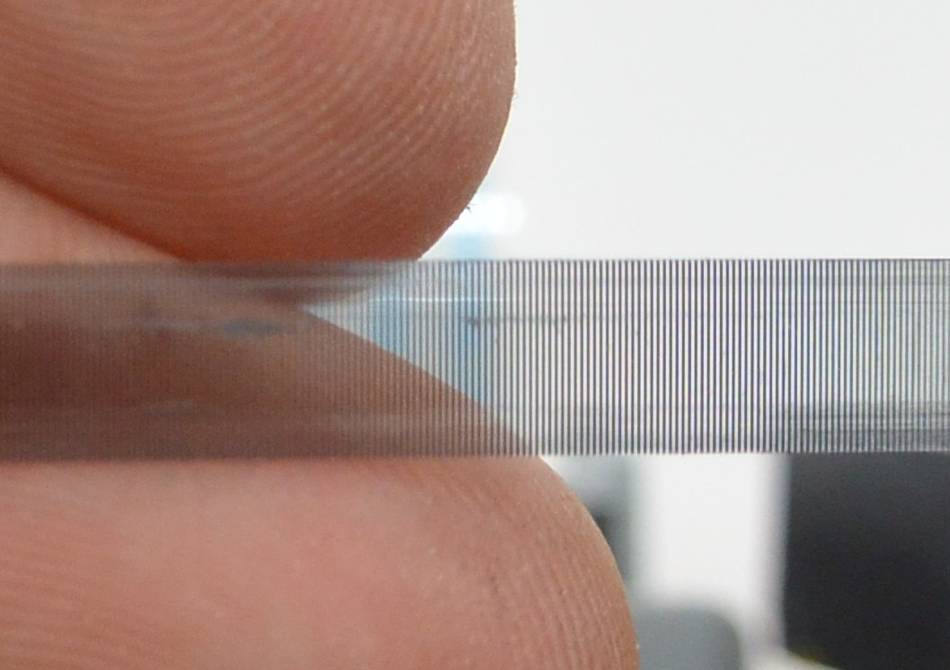Everything you need to know about position encoders
Reading time: 5 min
What does an encoder do?
Most of the Xeryon products contain a position encoder, also called a position sensor. Basically this is a small component that is integrated in an actuator or a stage and constantly feeds back the position of the slider. Inside the encoder is a small sensor that detects the movement of an encoder strip with many very fine stripes on it, which is attached to the moving part of the actuator. These movements are then communicated to the controller. It does a position measurement many thousands of times per second, allowing you to know the position at any time. There are different types of encoders, each with its own advantages and disadvantages. Let’s have a look.


Incremental encoders
There are two main categories of encoders: incremental and absolute. Let’s start with the incremental encoders.
The sensor gives an analogue signal when the encoder lines, marked on the encoder strip, pass by. Often two sensors are used, creating a better result. Typically this is a sinus and a cosinus which then is interpolated into a pulse. The controller knows the “zero-point” (= index) and starts counting pulses from there. It knows the number of pulses and it knows the distance between two pulses so it knows its position with reference to the index. By using interpolation, a much better resolution can be achieved than the resolution of the lines on the encoder strip. The system “knows” where it is between two lines on the encoder strip. This way you can have an encoder resolution of 100 nm, while the lines on the encoder strip only have a resolution of 1 µm. Very smart!
The sensor that detects the movement of the encoder strip can be optical or inductive (apart from some exotic exceptions). Which is best?
Optical or inductive?
Optical sensors can be very precise and some very affordable versions are available if you don’t need the ultimate precision level. Inductive sensors are less sensitive for contamination: if some dust or external lights falls in between the encoder strip and the sensor, no harm is done. Optical sensors need a clear “view” of the encoder strip, so they are more sensitive to external lights and dust particles. Inductive sensors also have the advantage of low power consumption. In an optical sensor, a small led has to shine on the encoder strip all the time, while this is not necessary in an inductive sensor.
Xeryon offers 5 position sensor resolutions: 1250 nm, 312 nm, 78 nm, 5 nm and 1 nm. We use optical sensors for the highest precision stages and inductive sensors for the medium precision stages and for dusty environments.


Absolute encoders
What is the disadvantage of incremental encoders? You need a zero point and you start counting from there. So if your zero point is wrong, your position is wrong. And if you miscount some lines, your position is wrong as well. Imagine that you turn off a sensor, then you move your actuator and then you turn it on again: An incremental sensor cannot detect that you have moved while it was turned off.
If you want to be 100% sure about your position, you need an absolute encoder. In this kind of sensor, each position line has a unique identifier that tells you the exact position it is associated with. The problem is that these encoders are much larger and bulky so they cannot be used for the stages and micro-actuators that Xeryon produces. Also, these encoders are very expensive. You will find them in some very specific equipment, but typically not in precision stages and actuators.